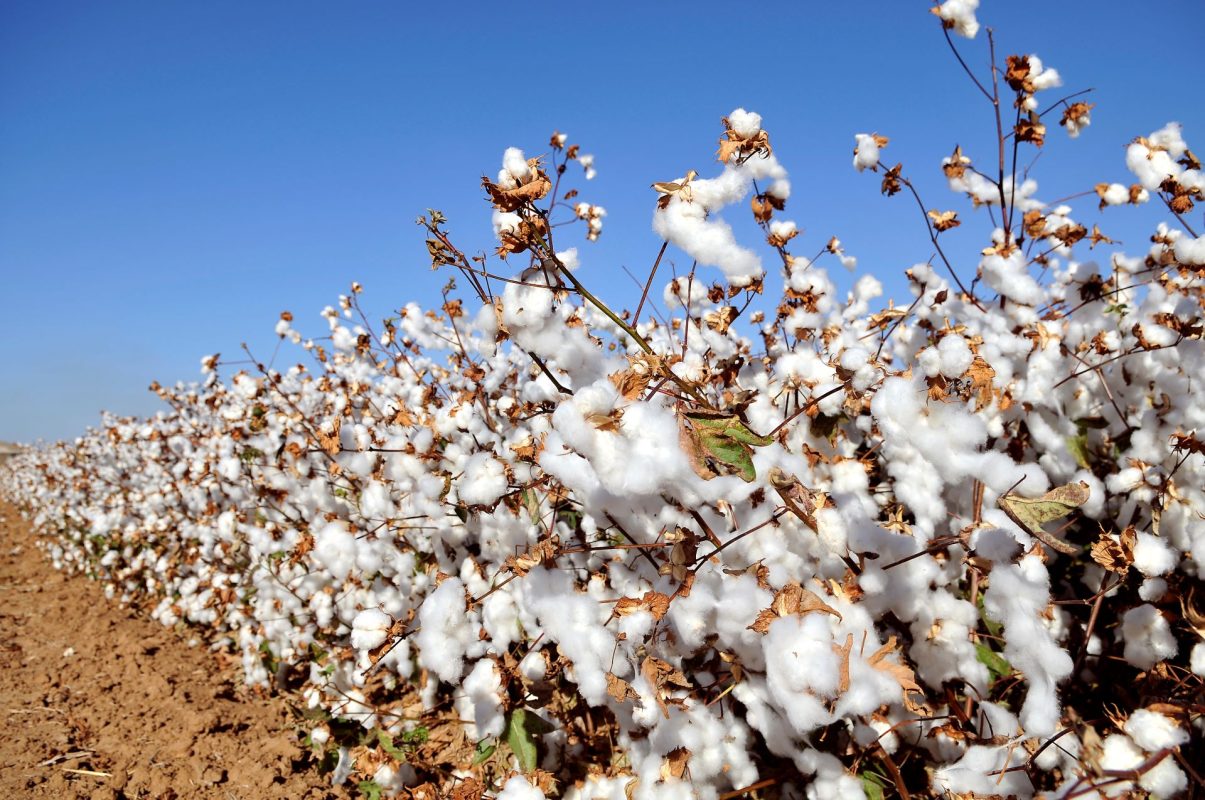YETRAC
Risk Management in Cotton Production
Risk Management in Cotton Production
Cotton production is a vital component of the global textile industry, serving as a primary source of raw material for various textile products. However, the cultivation of cotton is not without its challenges, and effective risk management plays a crucial role in ensuring the sustainability and profitability of cotton farming operations. Here’s a closer look at the importance of risk management in cotton production:
Climate Risks
Cotton cultivation is highly susceptible to climate-related risks, including droughts, floods, extreme temperatures, and erratic rainfall patterns. These climatic factors can significantly impact crop yields, quality, and overall profitability. Implementing risk management strategies such as crop insurance, diversified cropping systems, and water-saving technologies can help mitigate the adverse effects of climate risks on cotton production.
Pest and Disease Management
Pests and diseases pose significant threats to cotton crops, leading to yield losses and increased production costs. Effective pest and disease management practices, such as integrated pest management (IPM), crop rotation, and use of resistant cultivars, are essential for minimizing the impact of these risks on cotton yields.
Market Volatility
Cotton prices are subject to fluctuations influenced by various factors such as global demand and supply dynamics, currency exchange rates, trade policies, and geopolitical tensions. Market volatility can affect farm income and profitability. Risk management tools like forward contracts, futures contracts, and price hedging strategies can help cotton producers manage price risks and stabilize their revenue streams.
Input Costs and Availability
Cotton production requires inputs such as seeds, fertilizers, pesticides, and machinery, the costs and availability of which can vary due to factors like market conditions, supply chain disruptions, and regulatory changes. Proactive planning, negotiation of input prices, bulk purchasing, and diversification of input suppliers are essential risk management measures for controlling input costs and ensuring input availability.
Financial Risks
Cotton farming involves significant financial investments in land, equipment, labor, and inputs. Financial risks, including fluctuations in interest rates, currency exchange rates, and credit availability, can impact the financial stability of cotton producers. Proper financial planning, budgeting, debt management, and access to credit facilities are critical for mitigating financial risks and ensuring the long-term viability of cotton farming operations.
Environmental and Regulatory Risks
Environmental concerns and regulatory requirements related to water usage, soil conservation, pesticide use, and labor practices pose additional risks to cotton producers. Compliance with environmental regulations, adoption of sustainable farming practices, and participation in certification programs can help mitigate environmental and regulatory risks and enhance the reputation and marketability of cotton products.
In conclusion, effective risk management is essential for the sustainable and profitable production of cotton. By proactively identifying, assessing, and mitigating various risks associated with climate, pests, market, inputs, finance, environment, and regulations, cotton producers can enhance resilience, optimize resource utilization, and achieve long-term success in the cotton industry.

